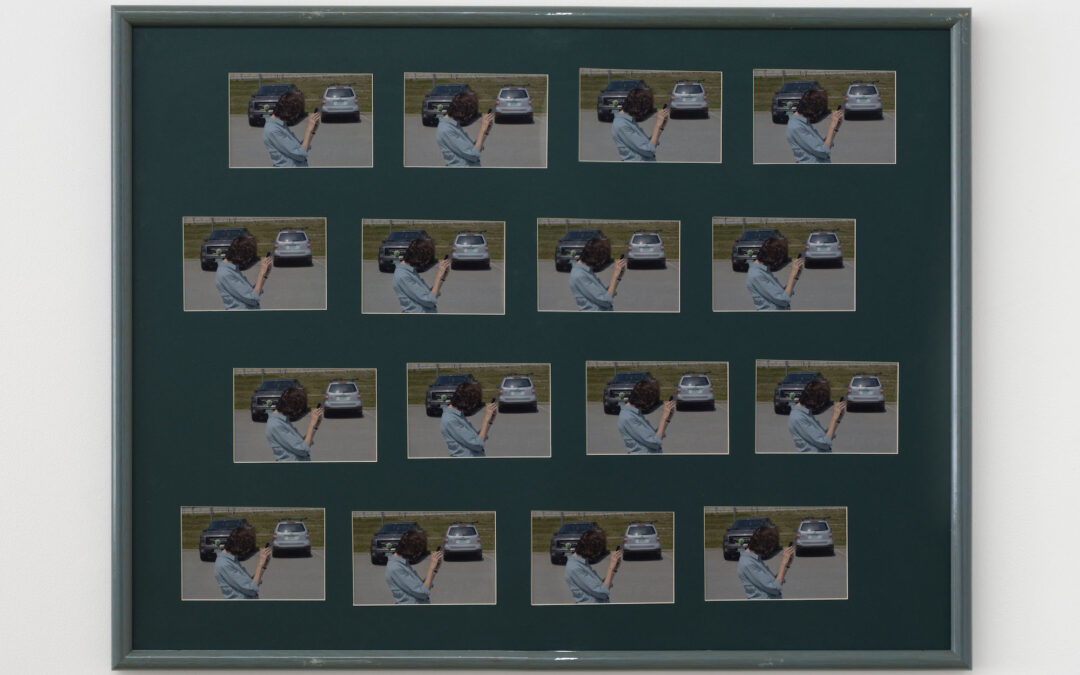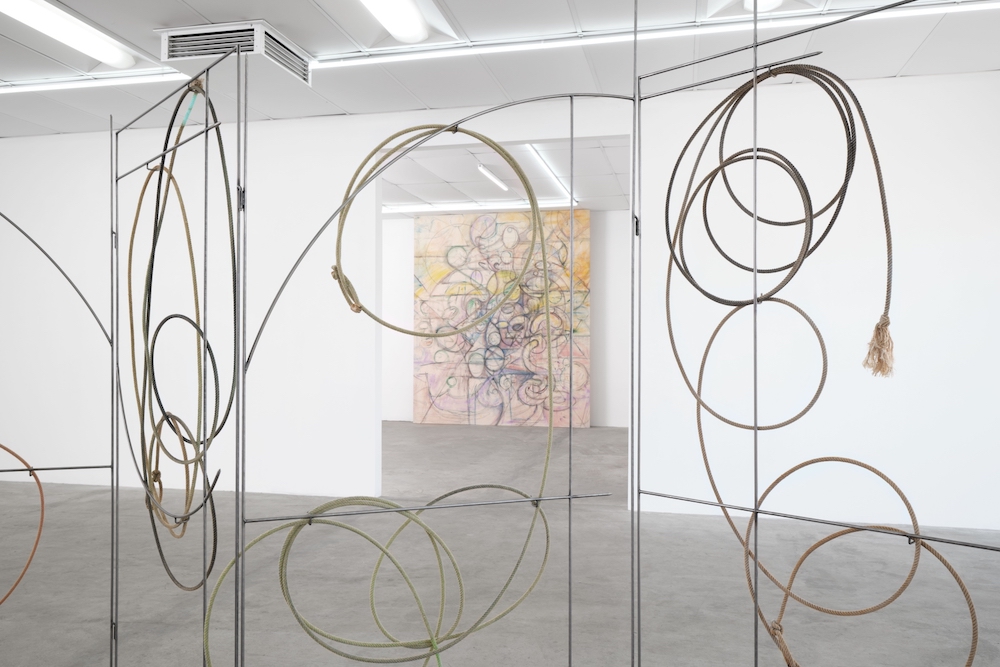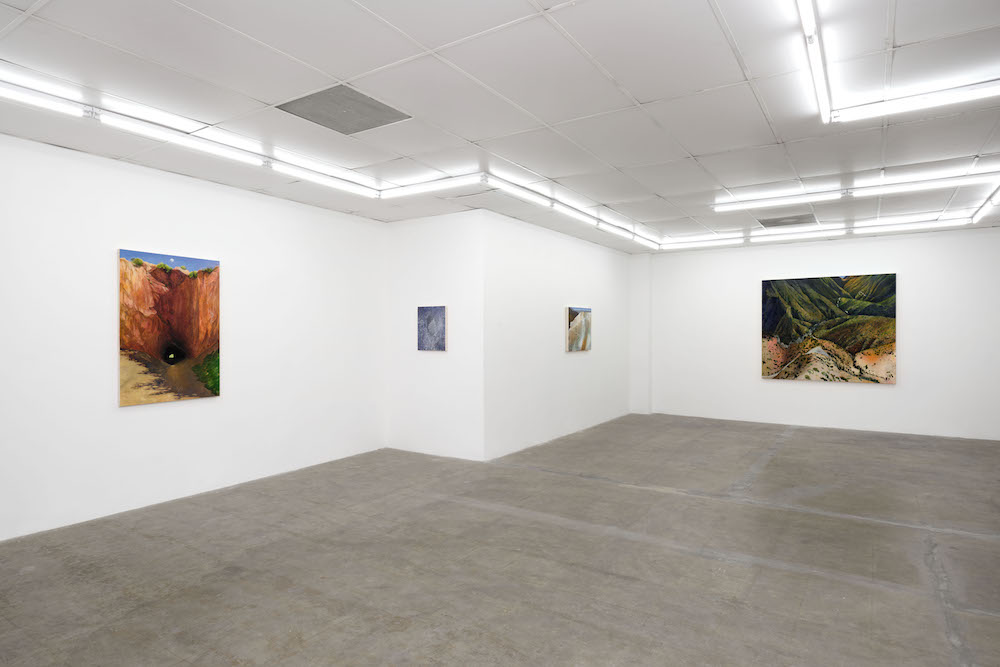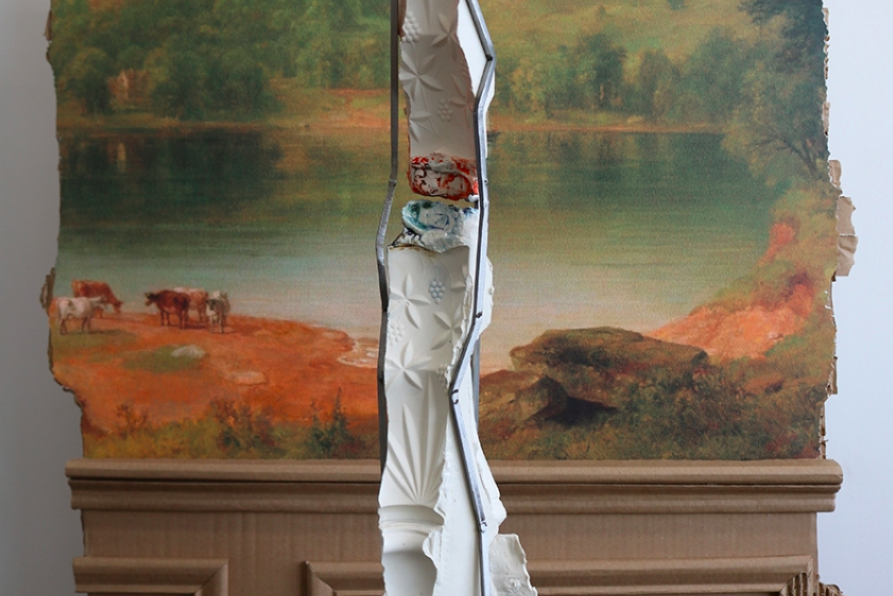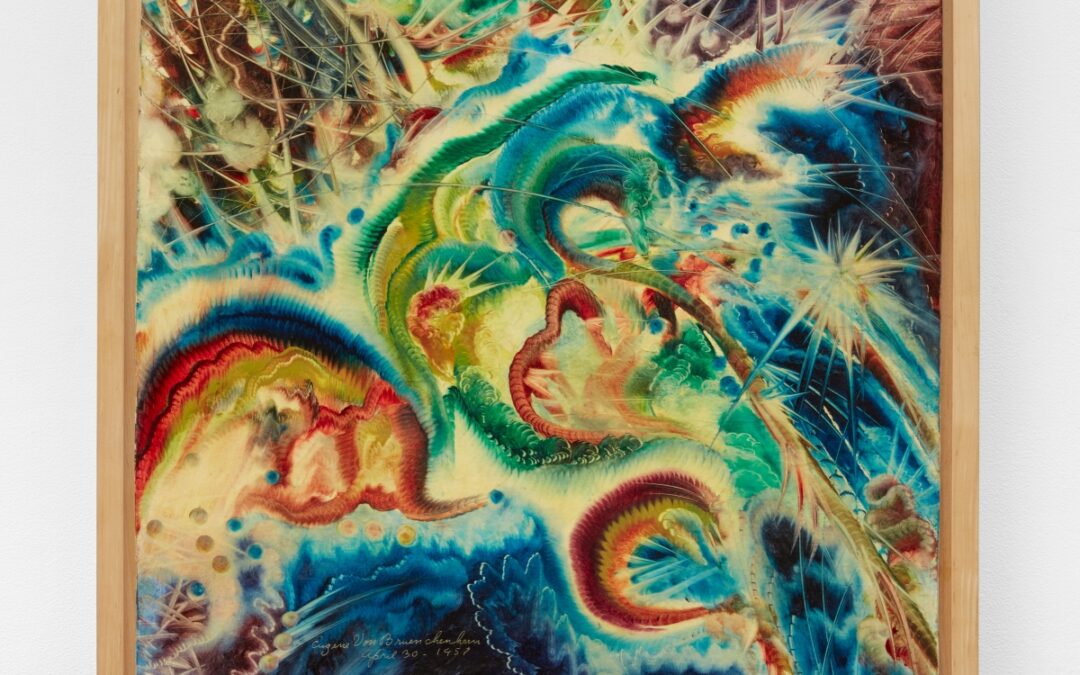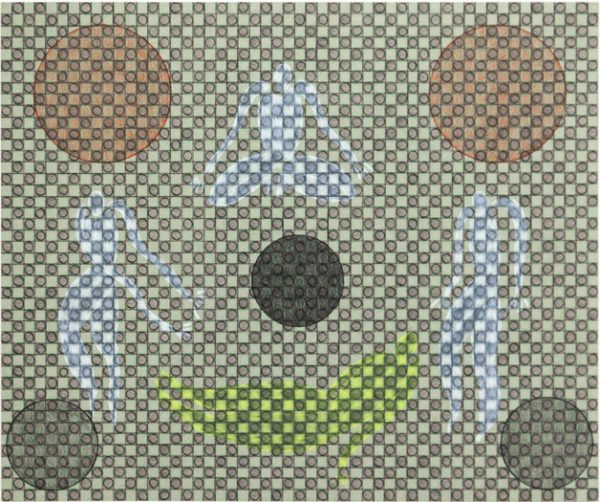To read a novel is to play detective. The detective novel leverages this symmetry: the reader identifies with Sherlock Holmes’s or Philip Marlowe’s driving curiosity. Our favorite sleuths want to get to the heart of the crime; we want to get to the end of the story....
